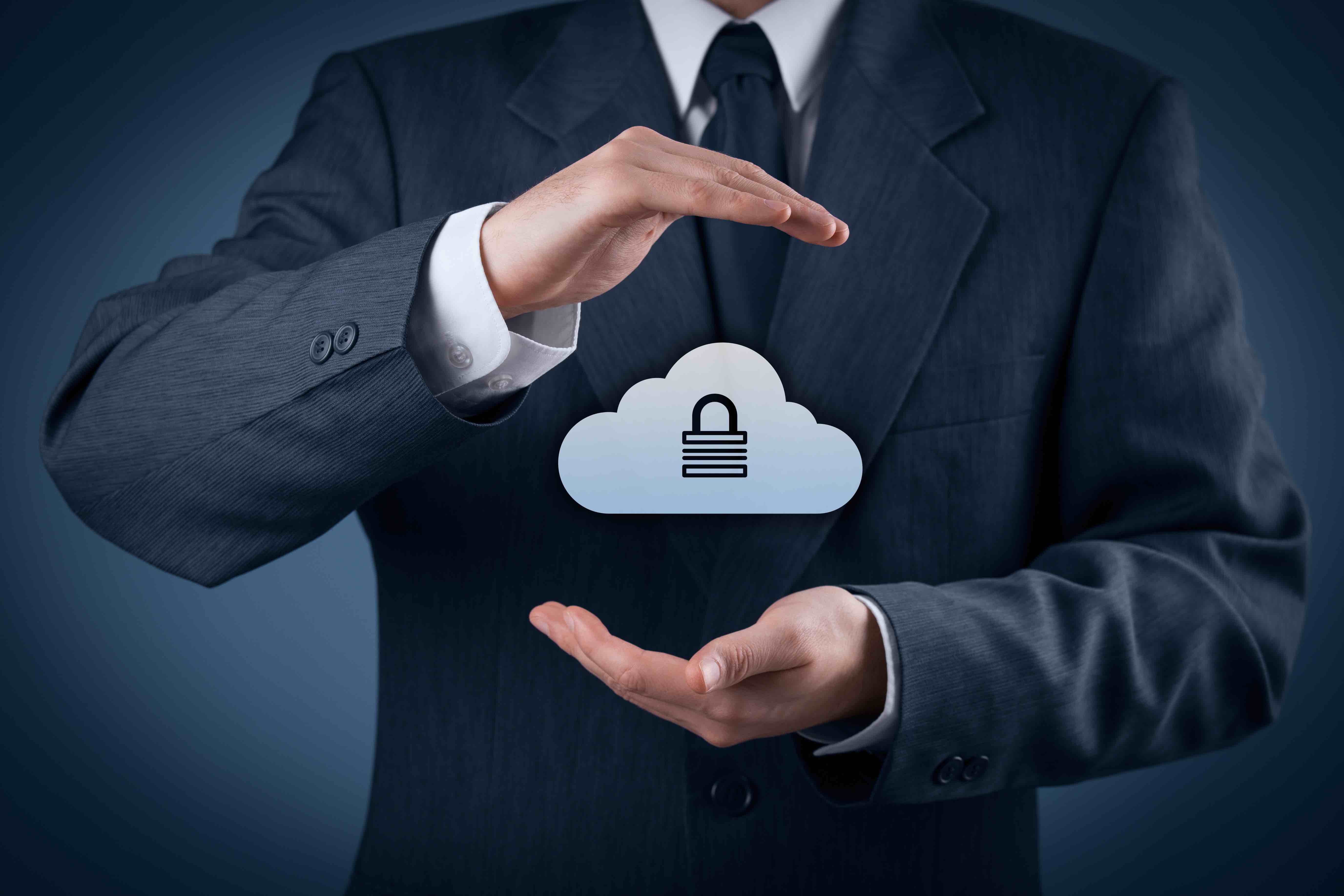A guide to check your Cloud Security
As more and more organizations are turning to cloud computing, security has become a major concern. Cloud computing offers many benefits, including scalability, cost-effectiveness, and flexibility, but it also poses unique security challenges. It's essential to regularly check your cloud security to ensure that your data and resources are protected from cyber threats. In this article, we'll explore some tips on how to check your cloud security.
Conduct a Risk Assessment
The first step in checking your cloud security is to conduct a risk assessment. This involves identifying potential threats and vulnerabilities to your cloud environment. By performing a risk assessment, you can determine which security controls are necessary to protect your data and resources. A risk assessment should include an evaluation of your cloud service provider's security controls and policies, as well as your own organization's security measures.
Review Access Controls
Access controls are a critical component of cloud security. They help ensure that only authorized users have access to your data and resources. It's important to regularly review access controls to ensure that they are working as intended. This includes reviewing user accounts, permissions, and authentication mechanisms. It's also a good practice to monitor access logs to identify any unusual activity.
Test for Vulnerabilities
Regularly testing your cloud environment for vulnerabilities is another essential step in checking your cloud security. This involves using automated tools to scan for potential security weaknesses, such as outdated software or misconfigured security settings. Vulnerability testing should be performed regularly, ideally on a monthly or quarterly basis, to identify and address any weaknesses before they can be exploited.
Monitor for Threats
Monitoring for threats is another critical component of cloud security. This involves using security monitoring tools to detect and respond to security incidents in real-time. These tools can help identify unauthorized access, malware infections, and other potential security threats. Monitoring should be performed continuously, 24/7, to ensure that any security incidents are detected and addressed promptly.
Review Compliance Requirements
Many industries have specific compliance requirements that organizations must adhere to. For example, healthcare organizations must comply with HIPAA regulations, while financial organizations must comply with PCI DSS. It's important to review these compliance requirements regularly to ensure that your cloud environment is meeting the necessary security standards. This includes reviewing your cloud service provider's compliance certifications and conducting your own compliance audits.
In conclusion, checking your cloud security is essential to ensure that your data and resources are protected from cyber threats. By conducting a risk assessment, reviewing access controls, testing for vulnerabilities, monitoring for threats, and reviewing compliance requirements, you can ensure that your cloud environment is secure and compliant. It's important to regularly check your cloud security to ensure that you are keeping up with the latest security threats and trends. With the right security measures in place, you can reap the benefits of cloud computing while keeping your data and resources safe.
Read Also: THE MAIN ACCOMPLISHMENTS OF CLOUD SECURITY

